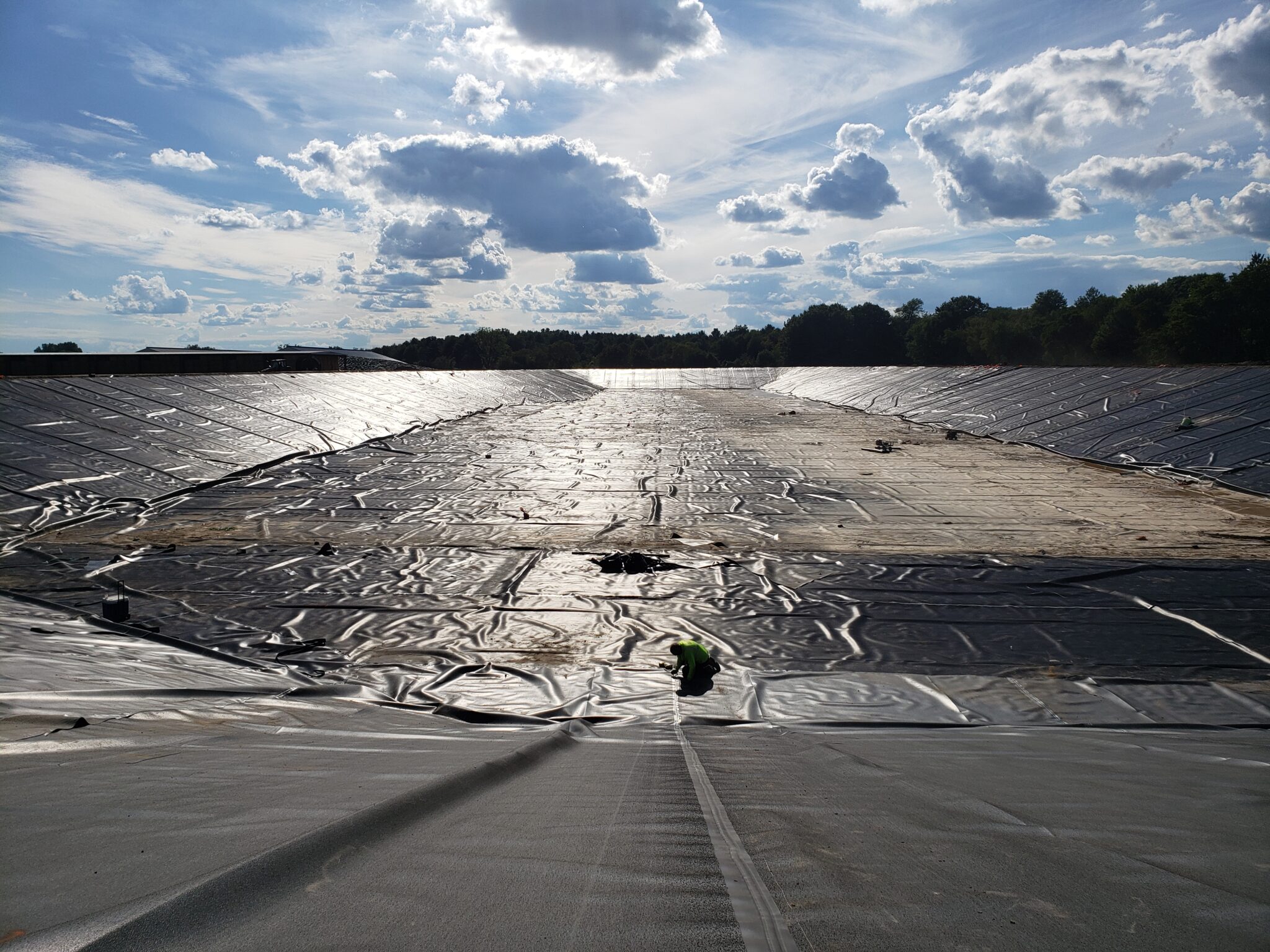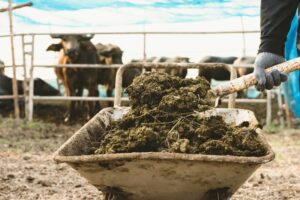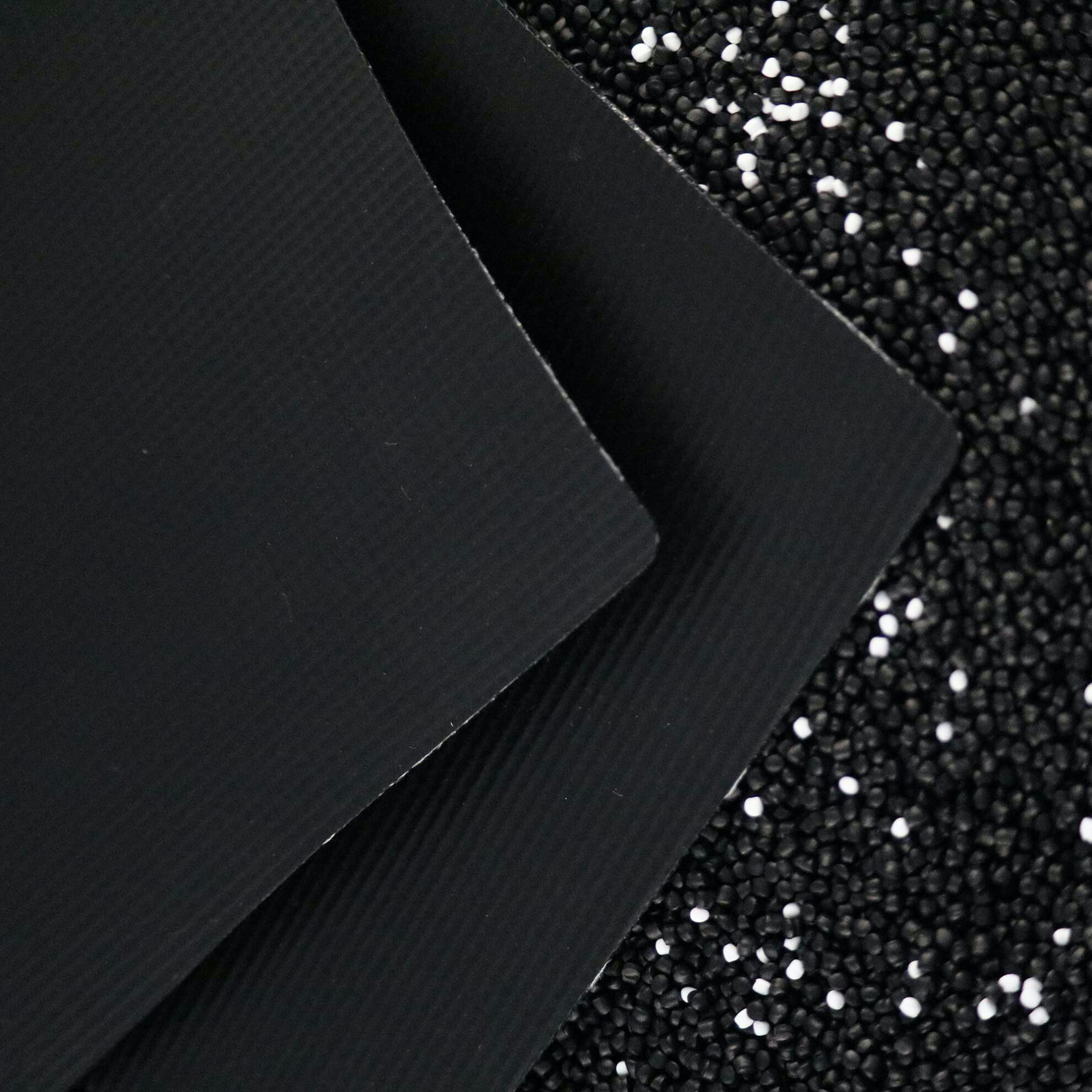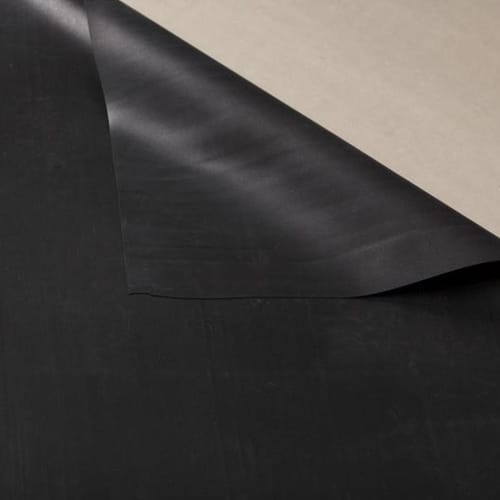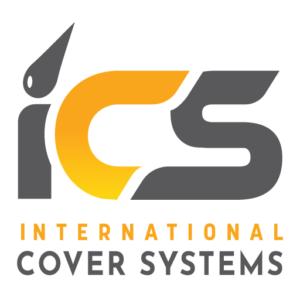Agricultural Waste Lagoons and Storage Ponds — What goes in, must come out! We Americans love our meat and dairy, but most put little thought into the waste produced by the animals that bring us these tiers of the food pyramid. The U.S. Department of Agriculture estimates that the United States produces 335 million tons of manure annually…and that is DRY weight! Don’t put down that hamburger, chicken nuggets and milk shake yet! Geosynthetic liners can make even manure talk more palatable for farmers, consumers, and the environment.
A storage pond is an earthen structure designed to hold waste until biological processes have digested it to the point that it can be applied to farmland. Inputs can range from manure and bedding, to wash water and rainwater runoff. Geographical location, weather, and local regulations dictate the length of holding time, which can range from three to six months.While storage ponds are smaller, and therefore less expensive to construct and line than treatment lagoons; they may need to be emptied and cleaned more often, depending on the pond’s volume and waste inflow rate. Storage pond slurry is more nutrient-dense than lagoon effluent; and is therefore more valuable per unit for growing crops. That additional nutrient value comes with an equal amount of odor, making it pivotal to incorporate storage pond slurry into soil quickly after application to farm fields. This can cause issues for water flow rates and fish passage by physically clogging streams, creeks, and rivers.Excess plant growth can also cause “dead zones” within lakes and estuaries. As aquatic plants die and decompose, they produce carbon dioxide as a byproduct.For areas of excess plant growth, this can mean zones where aquatic animals cannot survive within its boundaries.The addition of properly installed geomembrane lining systems in the construction of agriculture storage ponds and treatment lagoons are imperative for the safety of the environment. These systems provide water-tight containment and safeguards not provided with unlined designs. This ensures no waste escapes that could potentially enter surface or groundwater, causing contamination and degradation of the surrounding ecosystem.
This can cause issues for water flow rates and fish passage by physically clogging streams, creeks, and rivers.Excess plant growth can also cause “dead zones” within lakes and estuaries. As aquatic plants die and decompose, they produce carbon dioxide as a byproduct.For areas of excess plant growth, this can mean zones where aquatic animals cannot survive within its boundaries.The addition of properly installed geomembrane lining systems in the construction of agriculture storage ponds and treatment lagoons are imperative for the safety of the environment. These systems provide water-tight containment and safeguards not provided with unlined designs. This ensures no waste escapes that could potentially enter surface or groundwater, causing contamination and degradation of the surrounding ecosystem.
Agricultural Storage Ponds
Agricultural Treatment Lagoons
Much larger in geographical size and holding capacity; agricultural treatment lagoons provide additional treatment benefits to the storage they provide. Part of this increased storage capacity is used to dilute waste to concentrations necessary for the wanted biological processes and treatment to take place. Additionally, a treatment lagoon’s volume must account for the accumulation of sludge that collects and settles in the bottom as biological processes digest waste.The various benefits treatment lagoons provide can outweigh additional costs of construction and lining. First, the biological processes in lagoons stabilize the contents, lessening malodorous smells as compared to storage ponds. Second, the treated liquid effluent from a lagoon has a lower nutrient content than the slurry from a storage pond. This means less land is required for application of lagoon contents vs. the output of storage ponds. This remains consistent apart from years when the sludge at the bottom of a lagoon is cleaned out.Lagoon sludge is denser in phosphorous and other minerals than the effluent they produce.
Our Environment
Collecting and containing agriculture waste is imperative for the health and sanitation of farm animals. It is equally important for the health of our environment. Runoff from stormwater or snowmelt can transport manure to surface and groundwater, along with any pollutants it contains.Manure holds a myriad of pathogens, such as e. coli and salmonella, that could make animals and humans sick if they meet it either directly or within the environment. The nutrients that are so beneficial in fertilizing crops can also be a detriment if they are introduced to waterways. Increased nutrients within aquatic ecosystems results in excess plant growth.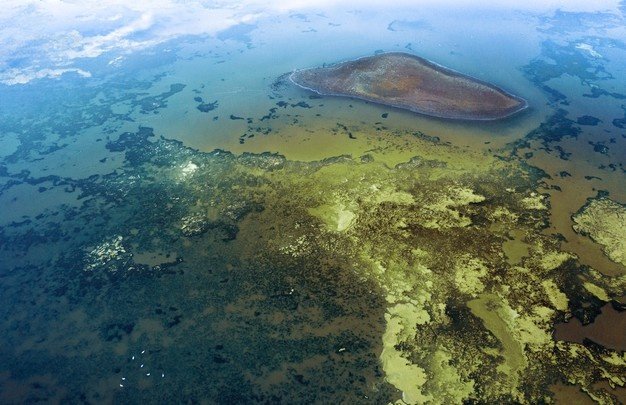 This can cause issues for water flow rates and fish passage by physically clogging streams, creeks, and rivers.Excess plant growth can also cause “dead zones” within lakes and estuaries. As aquatic plants die and decompose, they produce carbon dioxide as a byproduct.For areas of excess plant growth, this can mean zones where aquatic animals cannot survive within its boundaries.The addition of properly installed geomembrane lining systems in the construction of agriculture storage ponds and treatment lagoons are imperative for the safety of the environment. These systems provide water-tight containment and safeguards not provided with unlined designs. This ensures no waste escapes that could potentially enter surface or groundwater, causing contamination and degradation of the surrounding ecosystem.
This can cause issues for water flow rates and fish passage by physically clogging streams, creeks, and rivers.Excess plant growth can also cause “dead zones” within lakes and estuaries. As aquatic plants die and decompose, they produce carbon dioxide as a byproduct.For areas of excess plant growth, this can mean zones where aquatic animals cannot survive within its boundaries.The addition of properly installed geomembrane lining systems in the construction of agriculture storage ponds and treatment lagoons are imperative for the safety of the environment. These systems provide water-tight containment and safeguards not provided with unlined designs. This ensures no waste escapes that could potentially enter surface or groundwater, causing contamination and degradation of the surrounding ecosystem.
